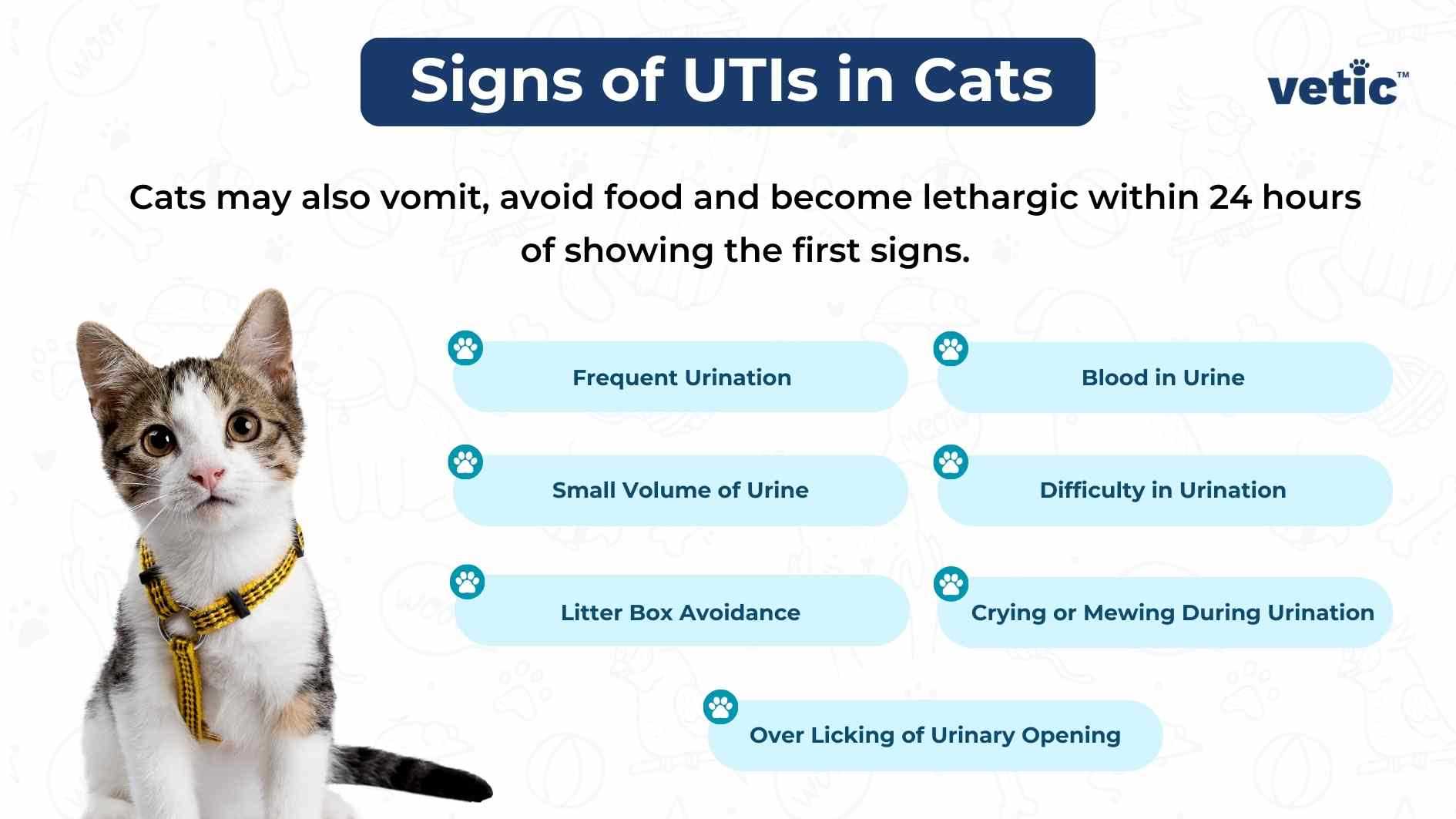First things first, hydration is key. Always ensure fresh water is available, as it helps flush out any bacteria causing discomfort. Adding wet food to the diet can also increase fluid intake, which is beneficial for the urinary tract.
Regularly monitor litter box habits. If there’s a sudden change, such as increased frequency or straining, it’s a sign that something might be off. Keeping an eye on these changes can lead to quicker interventions.
Consulting a veterinarian is crucial for accurate diagnosis and appropriate medication. They may recommend antibiotics if an infection is present. Additionally, various supplements like cranberry extract can support urinary health, but always check with a vet before introducing new products.
Lastly, managing stress is important. Creating a calm environment can help reduce the likelihood of recurring issues. Providing hiding spots and engaging in gentle play can make a significant difference in overall well-being.
Treatment Approaches for Bladder Infections in Felines
Veterinary consultation is a must for diagnosis confirmation and treatment planning. Common suggestions include:
- Antibiotics: Veterinarians typically prescribe specific medications targeting the bacteria causing the infection.
- Increased hydration: Ensuring plenty of fresh water encourages more frequent urination, helping flush out bacteria.
- Dietary adjustments: Specialized diets may be recommended to improve urinary health and reduce recurrence risks.
- Medications for inflammation: Anti-inflammatory drugs can alleviate discomfort associated with a bladder infection.
- Probiotics: Some vets suggest these to help restore healthy flora in the urinary tract.
Monitoring behavior is crucial; look out for signs such as frequent urination, straining, or discomfort. Reporting any changes to the vet ensures appropriate adjustments to the treatment plan.
Regular check-ups can help in early detection of urinary issues, minimizing complications. Keeping a clean litter box and ensuring a stress-free environment also contribute to overall urinary health.
Recognizing Symptoms of a UTI in Cats
Notice changes in behavior or habits. Frequent trips to the litter box, straining to urinate, or blood in urine signal possible issues. If my water intake increases or decreases significantly, it’s a red flag. Observing any discomfort during elimination is crucial.
Behavioral Indicators
Watch for signs of distress such as crying or excessive grooming of the genital area. Lethargy or hiding more than usual can indicate discomfort or pain. Changes in appetite may also be a symptom that shouldn’t be ignored.
Physical Signs
Look for physical symptoms like a swollen abdomen or a foul odor from urine. Lingering smells can hint at infections. If any of these signs are present, seeking veterinary assistance is a must. Early intervention can prevent complications. For more tips on maintenance, checking the best small air compressor repairs can also help in ensuring a clean environment.
Consulting Your Veterinarian for Diagnosis
Seeking veterinary expertise is paramount for accurate diagnosis of urinary issues. A thorough examination will include a physical check-up, along with urine analysis to detect infections, crystals, or other abnormalities. It’s advisable to collect a urine sample for analysis before the visit; this can provide critical information to the veterinarian.
Pre-Visit Preparation
Before heading to the clinic, observe any behavioral changes. Note frequency of urination, presence of blood, or signs of discomfort. Documenting food and water intake can also aid in the assessment. If medications or dietary changes have occurred recently, include this information, as it may influence the condition.
Diagnostic Procedures
Upon arrival, expect a comprehensive approach. Diagnostic imaging, such as X-rays or ultrasound, may be recommended to rule out structural issues. Blood tests can also be conducted to evaluate kidney function and overall health. Following these assessments, a tailored treatment plan will be created to address the specific situation.
Medications Commonly Prescribed for Feline Urinary Tract Infections
Antibiotics are frequently utilized to combat bacterial infections in the urinary tract. Common choices include Amoxicillin, Clavamox, and Enrofloxacin, tailored based on the specific bacteria identified through testing.
In cases of inflammation, medications such as Phenazopyridine may provide comfort, alleviating discomfort associated with urination. Additionally, anti-inflammatories like Meloxicam can be prescribed to reduce swelling within the urinary tract.
For recurrent issues, a veterinarian might recommend a urinary acidifier, such as Methionine, to help maintain an optimal urinary pH and prevent the formation of crystals.
Always consult a veterinarian before administering any medication, as they will determine the appropriate dosage and duration based on individual health needs and specific conditions.
Home Remedies to Support UTI Treatment

Adding water to the diet is a simple yet effective method. Encourage hydration by providing fresh, filtered water daily. Consider using a pet water fountain to make drinking more appealing.
Cranberry Extract
Cranberry can help maintain urinary tract health. Look for pure cranberry extract or unsweetened cranberry juice. A small amount can be mixed with food, but consult with a vet for the right dosage.
Probiotics
Probiotics may promote a healthy urinary tract. Specific supplements designed for pets can restore balance to gut bacteria. Choose high-quality products and follow the recommended guidelines.
| Remedy | Benefits | Notes |
|---|---|---|
| Increased Water Intake | Flushes out bacteria | Use a fountain for better appeal |
| Cranberry Extract | Helps prevent bacteria from adhering | Consult vet for dosage |
| Probiotics | Supports gut health | Choose pet-specific supplements |
Maintain a clean litter box to encourage proper elimination habits. Regularly check for any changes in behavior or urination patterns, and consult a vet if necessary.
Preventative Measures to Avoid Future UTIs
Maintaining proper hydration is key. Always provide fresh water daily; consider a water fountain to encourage drinking. A well-hydrated body can flush out bacteria effectively.
Dietary Choices
A balanced diet with high-quality protein and appropriate moisture content supports urinary health. Wet food can contribute to hydration levels, reducing the risk of infection. Look for options that specifically promote urinary tract wellness.
Stress Reduction

Minimize stressors in the environment. Create a calm space with cozy hiding spots and vertical spaces for climbing. Engaging with interactive toys can keep spirits high and anxiety low.
Regular veterinary check-ups help catch issues early. Keeping vaccinations up to date also plays a role in preventing infections.
Lastly, consider products like the best pacifier for cats to provide comfort and reduce stress when needed.
Monitoring Recovery and Follow-Up Care
Regular check-ins after treatment are essential for ensuring full recovery. Schedule a follow-up appointment with the veterinarian within a week or two after finishing prescribed medications. This allows for monitoring of any lingering symptoms and confirmation that the infection has cleared.
Observing Behavior and Health
Watch for changes in activity levels, appetite, and litter box habits. Any signs of discomfort or unusual behavior warrant immediate attention. Noticing frequent urination or straining can indicate that further evaluation is needed.
Maintaining Hydration and Diet
Encouraging water intake supports urinary health. Consider offering wet food or adding water to dry kibble. A balanced diet rich in nutrients aids in recovery and helps prevent future issues. Regularly assess body weight to ensure it remains stable.






